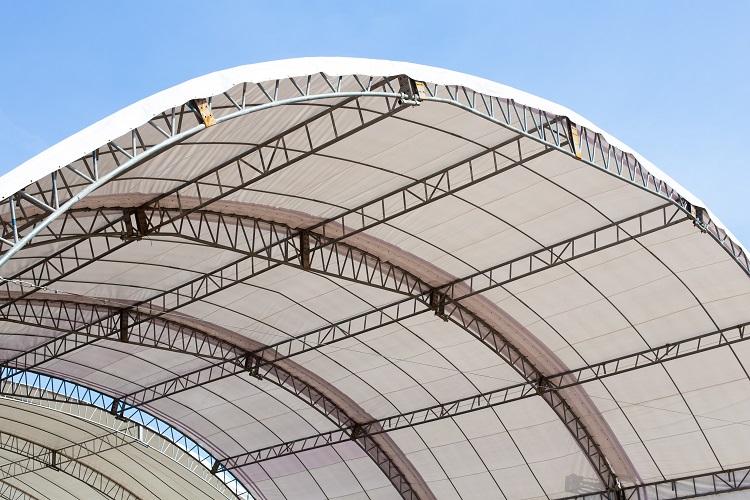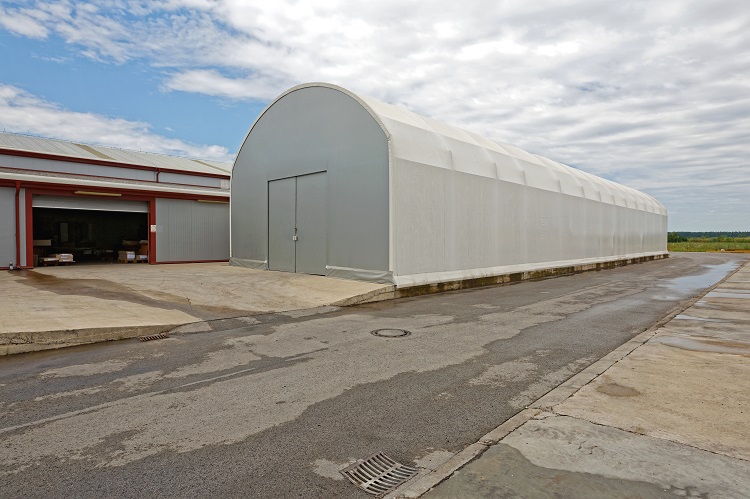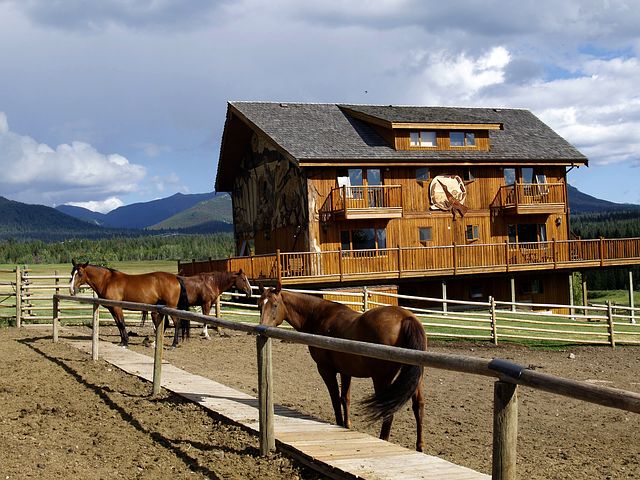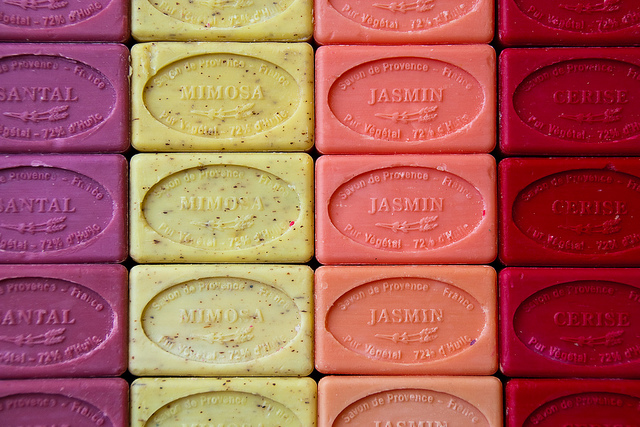

A membrane is pulled out to make a three-dimensional surface which can be used to build a roof, a shade, or a decorative item.
Fabric structures are flexible and require a very short time to set up—something that has been making them popular over time. They are a good option in homes and other places that may need additional space.
Setting up fabric structures is cost-effective in that the operation costs are lower, they have increased durability, and they cause minimal negative environmental impact. Buying an energy efficient fabric structure is way cheaper than constructing traditional buildings. Read through this article to see more of the advantages.
1. Fabric Structures Cut Down The Use Of Energy
Using white fabric covers may help cut down the cost of lighting. This is because their translucent material allows so much sunlight which creates a well-lit environment. Unlike most traditional buildings, fabric structures won’t require artificial lights to run throughout the day which helps save a significant amount of energy and is cost-saving.
2. Fabric Structures Are Suitable For Corrosive Environments
As opposed to traditional buildings made of steel which are usually affected by corrosion from materials like fertilizers and other chemicals, fabric structures can more likely survive any harsh effects. This is because they are treated with a coating that’s corrosion-resistant and UV-safe.
3. Promotion Of Good Health
Fabric structures have natural ventilation to allow low-humidity levels. As a result, the growth of mold and bacteria is prevented. The environment is clean and healthy, especially for people who could be asthmatic or have allergy problems.
Climate-sensitive covers like polyethylene help to regulate temperatures so that in summer they are reduced by up to °C and vice versa in wintertime. This reduces the negative effects caused by cooling and heating systems.
4. Fabric Structures Are Environment-Friendly
This is to say that many of the fabric structures use materials that are recyclable, like cloth as their main raw material. The structures also allow cool air without having to use air conditioners that require electricity. It’s important to note that fabric structures can be fully recycled through a manufacturer-supported process of recycling.

5. Reduced Pollution And Interference Of Day-To-Day Activities During Installation
Fabric structures are manufactured away from the sites, in steel factories. This means that there are fewer interruptions as compared to other buildings, which sometimes require blocking of roads because of the ongoing construction. The factories are built in areas that are far away from residential places so that gas emissions that may cause air pollution don’t affect people.
6. Fabric Structures Provide Improved Safety On-Site
Whereas people could be injured while working on a construction site, such cases are minimal in fabric structures. Their translucent material that allows in natural light from the sun ensures proper visibility to avoid accidents and injuries. Fabric structures also protect workers from heat stress in that they provide a shade for people to cool off. The workers are protected against suffering any heat-related sickness, especially during very hot periods.
7. Fabric Structures Can Be Set Up Anywhere
Instead of space being left bare because it may not be fit for construction, a fabric structure could be set up for various purposes, including greenhouses or warehouses. This will also provide a covering to avoid soil or wind erosion. The fact that the structures can be set up anywhere also saves construction time and costs.
Fabric structures are also lighter because they are built from a double curvature membrane. The structures are usually covered with large spans which translate to lesser columns, creating more space for use as well as open sightlines.
8. Fabric Structures Are Sustainable
Fabric structures are sustainable, and their maintenance cost is low since the material is durable. They can be in use for long periods, and it’s also possible to customize them as per operational needs. You can have additional features fitted in like more lighting, shelves, as well as heating and cooling systems. This makes them more comfortable in extreme temperatures. Such adjustments make the structures sustainable.
9. Fabric Structures Can Be Set Up Anywhere
Instead of space being left bare because it may not be fit for construction, a fabric structure could be set up for various purposes, including greenhouses or warehouses. This will also provide a covering to avoid soil or wind erosion. The fact that the structures can be set up anywhere also saves construction time and costs.
Conclusion
Over and above the advantages discussed here, fabric structures are a better alternative. They are easy to set up, and the structures can be used for a myriad of purposes.



